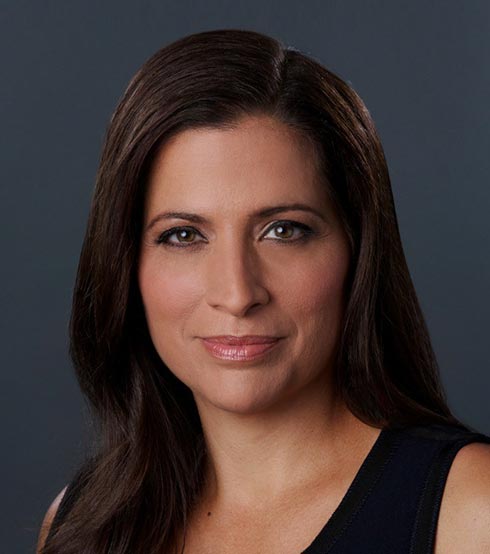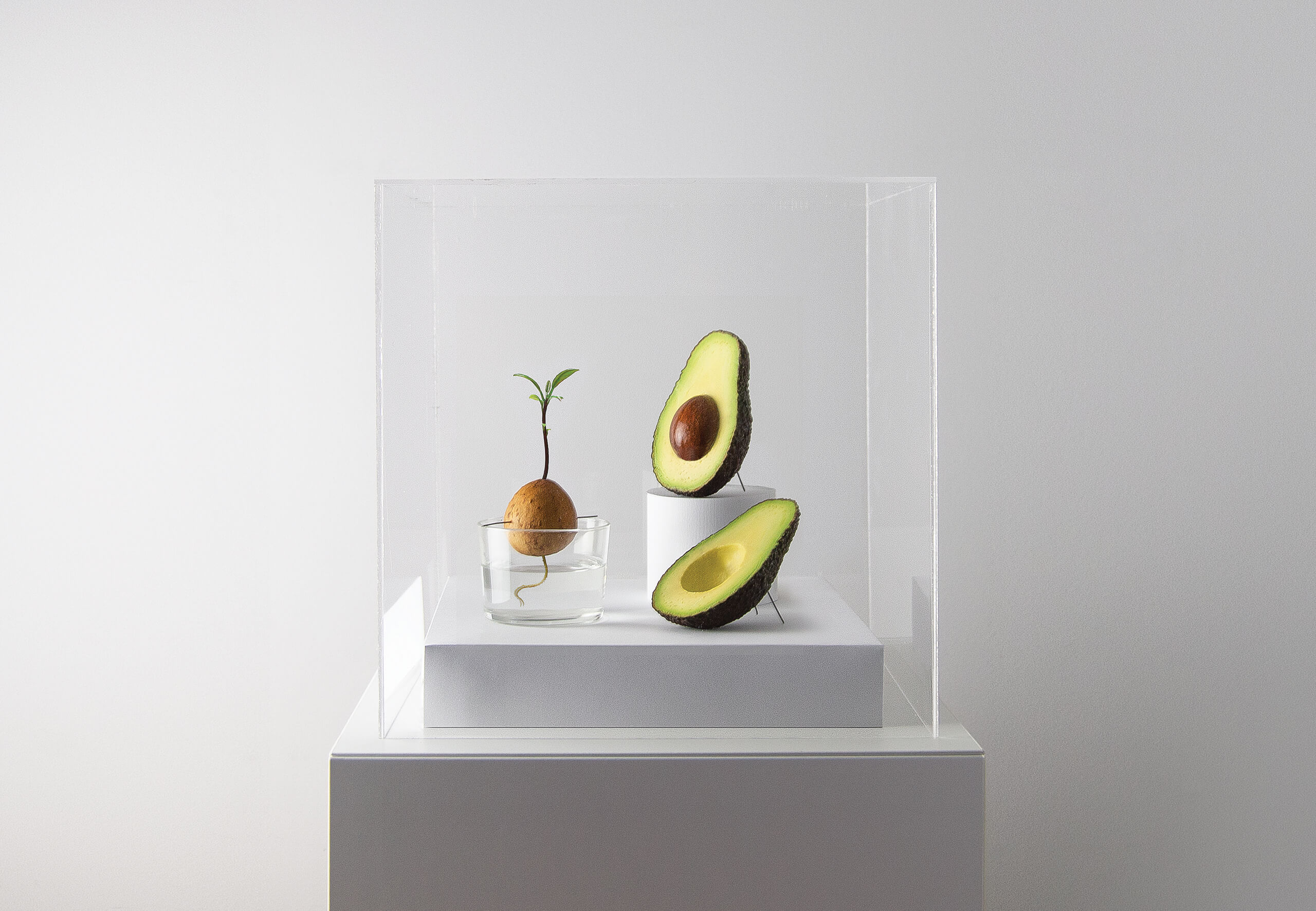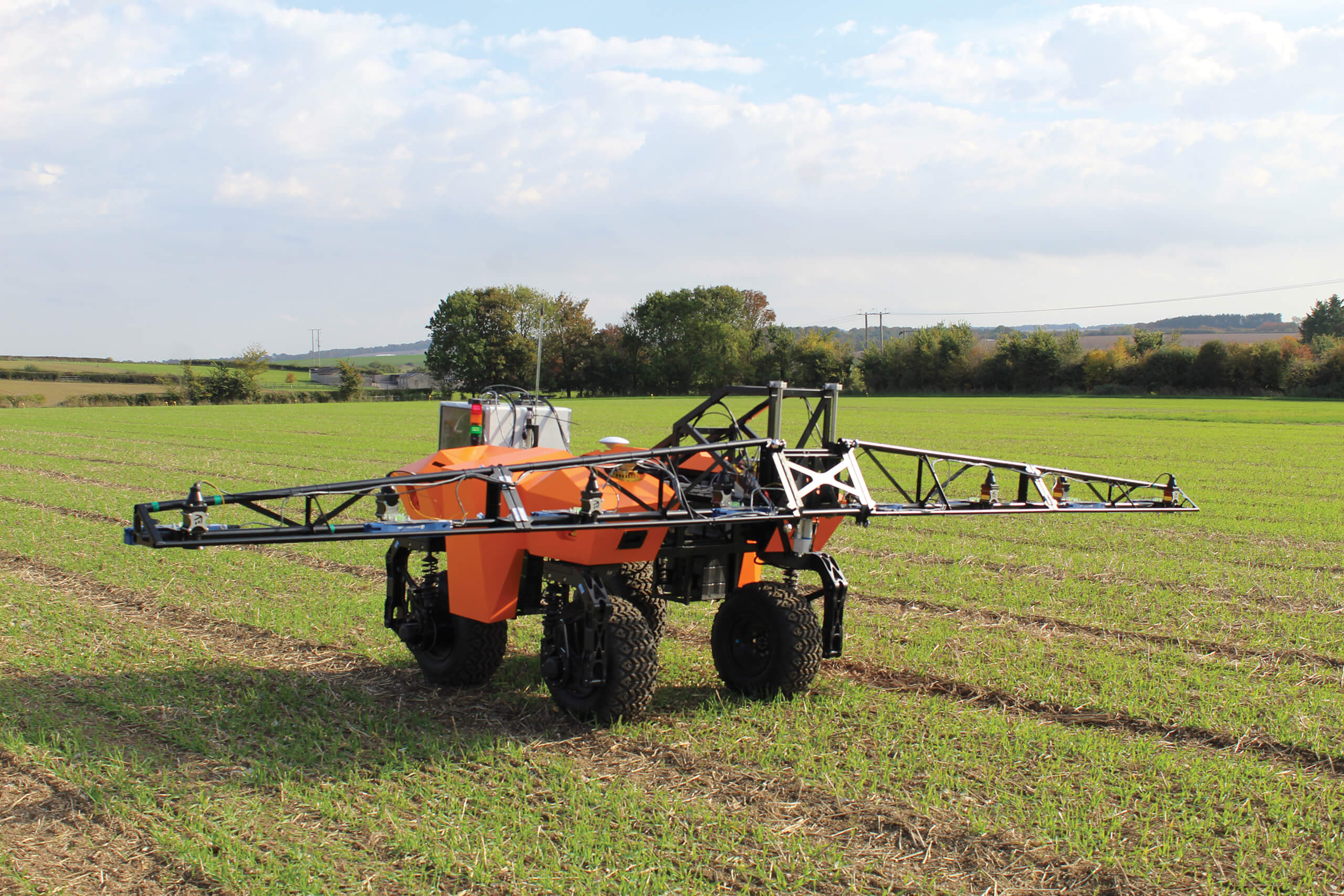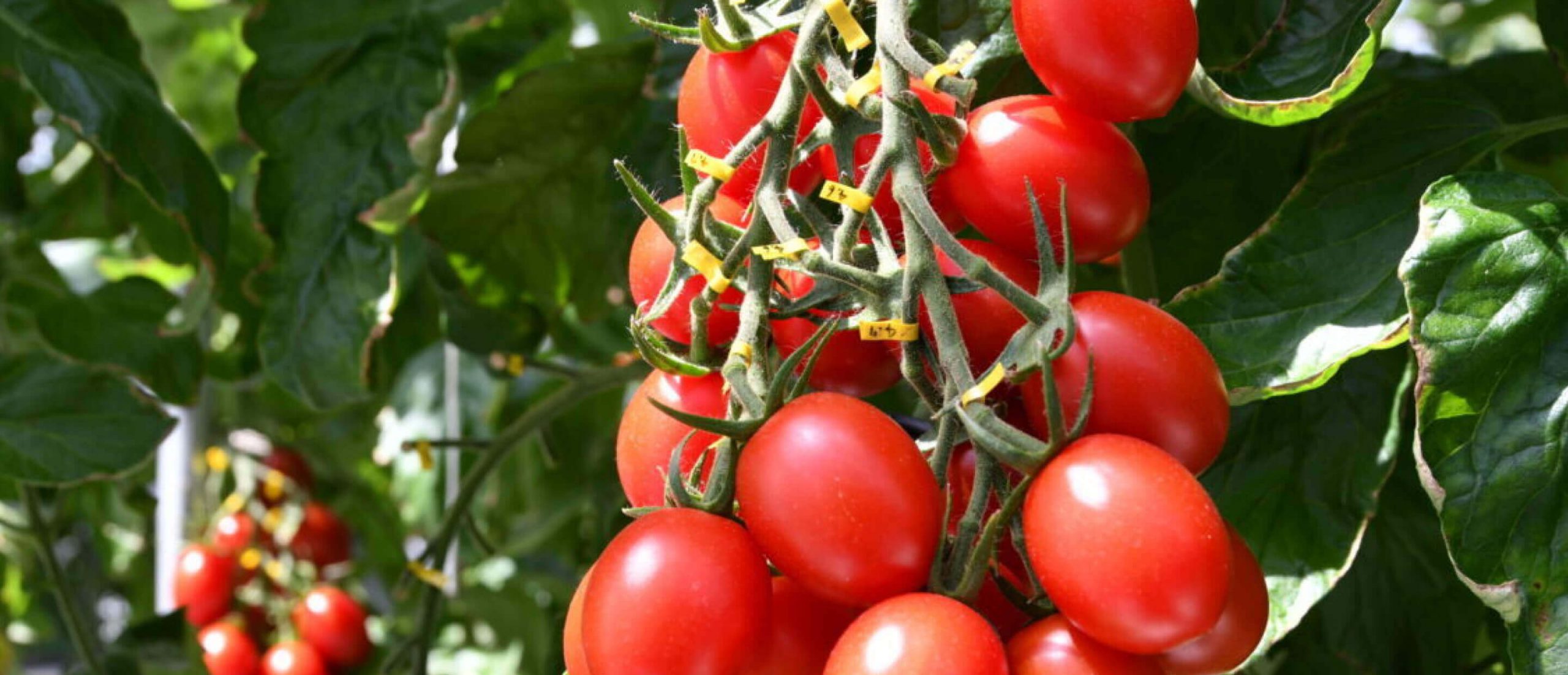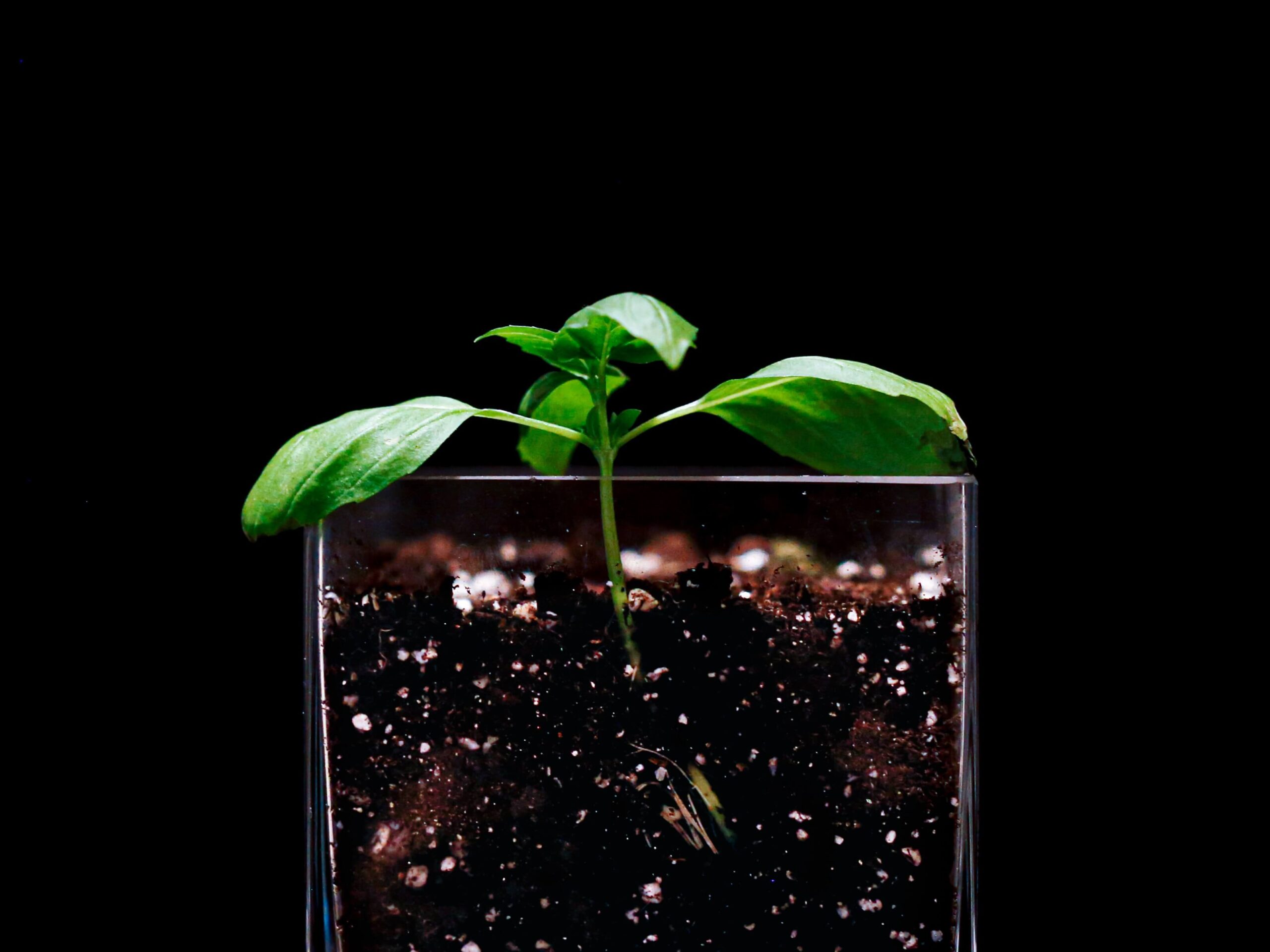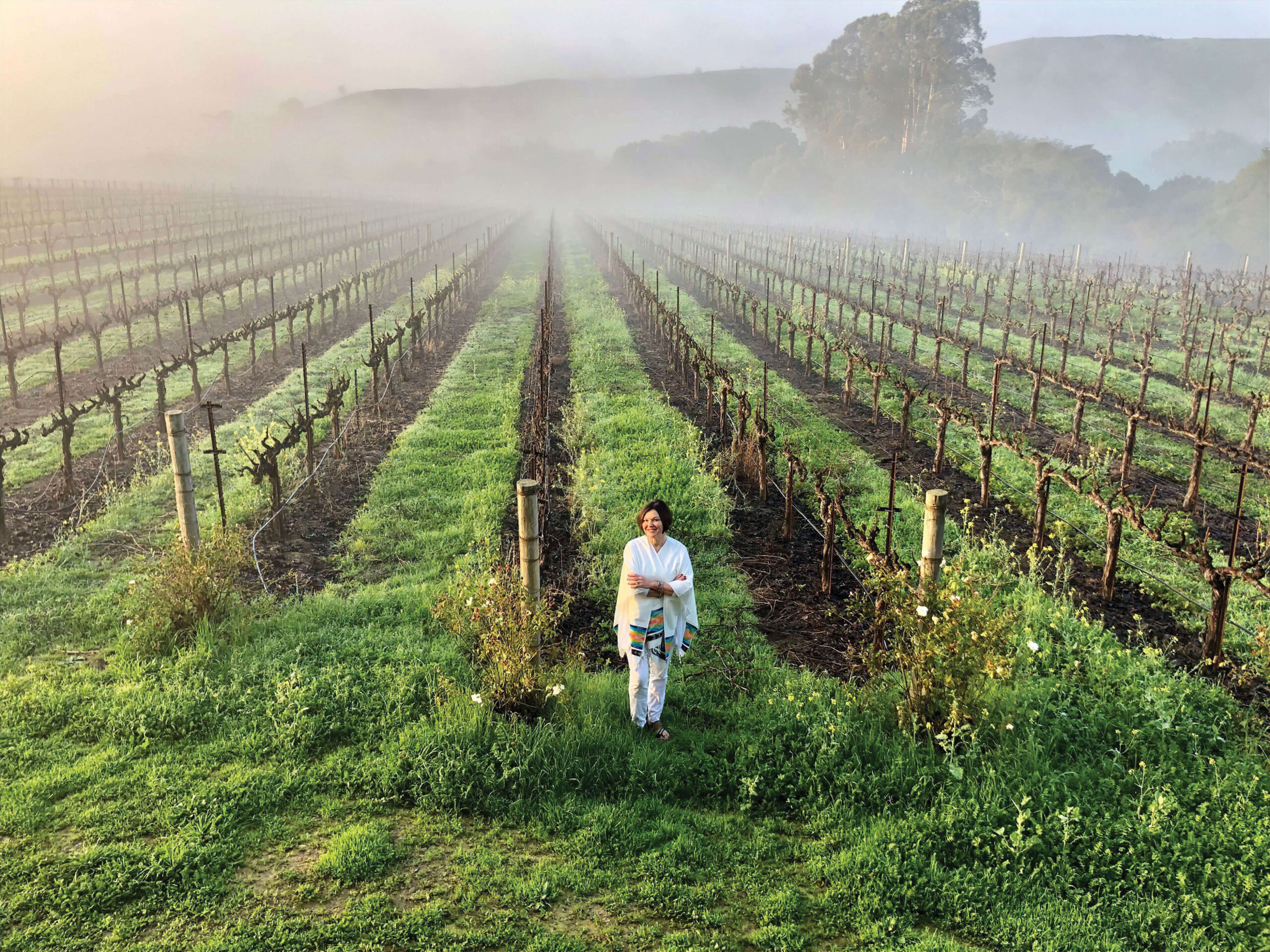
Roots of Peace revives local farming and promotes sustainable livelihoods in former war-torn lands. Can Heidi Kühn’s market-based model also help build resilience in other farming systems?
Heidi Kühn looks out the living room window of her Marin County home in California, far removed from the conflict zones where she has been instrumental in restoring food production.
The 2023 World Food Prize laureate has spent the past quarter of a century healing the earth through Roots of Peace, a nonprofit she founded in 1997.
It lights a fire in my heart to heal the wounds of war, plant the roots of peace, and create food security for future generations to thrive."
Inspired by the late Princess Diana’s historic trek through a minefield, Roots of Peace works with partners and local communities in post conflict areas to clear landmines from farmlands and rebuild livelihoods. The organization’s holistic, market-based model builds robust agricultural value chains that blend traditional with modern farming techniques to grow high-value crops, market them, and sell them.
A 65-year-old mother of four, Kühn has walked minefields in Angola, Afghanistan, Azerbaijan, Cambodia, Croatia, Israel, Iraq, Palestine, and most recently, Ukraine. She sat down with Views on Agriculture to talk about her ambitions for Roots of Peace in 2024 and how its model can also help tackle some of the world’s most pressing cross-border challenges.
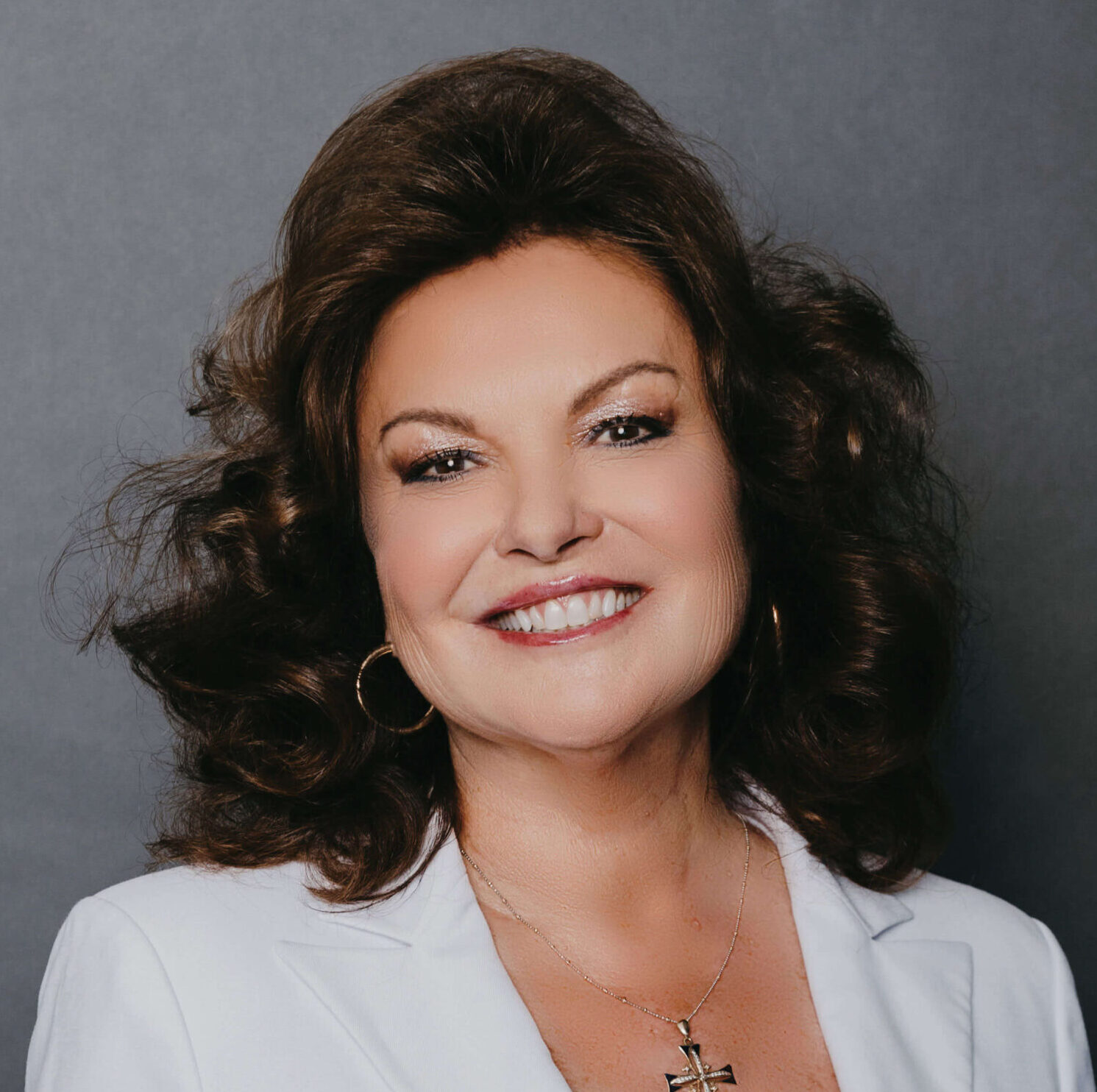
Heidi Kuhn
Source: Roots of PeaceViews on Agriculture: Now that you’ve been recognized by the World Food Prize Foundation for Roots of Peace and its achievements, how do you plan to use that platform?
Heidi Kühn: It lights a fire in my heart to heal the wounds of war, plant the roots of peace, and create food security for future generations to thrive. The use of landmines is a violation that has local and cross-border ramifications. When you look at Ukraine today, 30% of the land there is mined. That ripples through the global food supply chain because wheat that was harvested in Ukraine cannot get to North Africa and Europe. So, I see this platform as an opportunity and a call to action to springboard what Roots of Peace has accomplished over the past 26 years into a world without landmines.
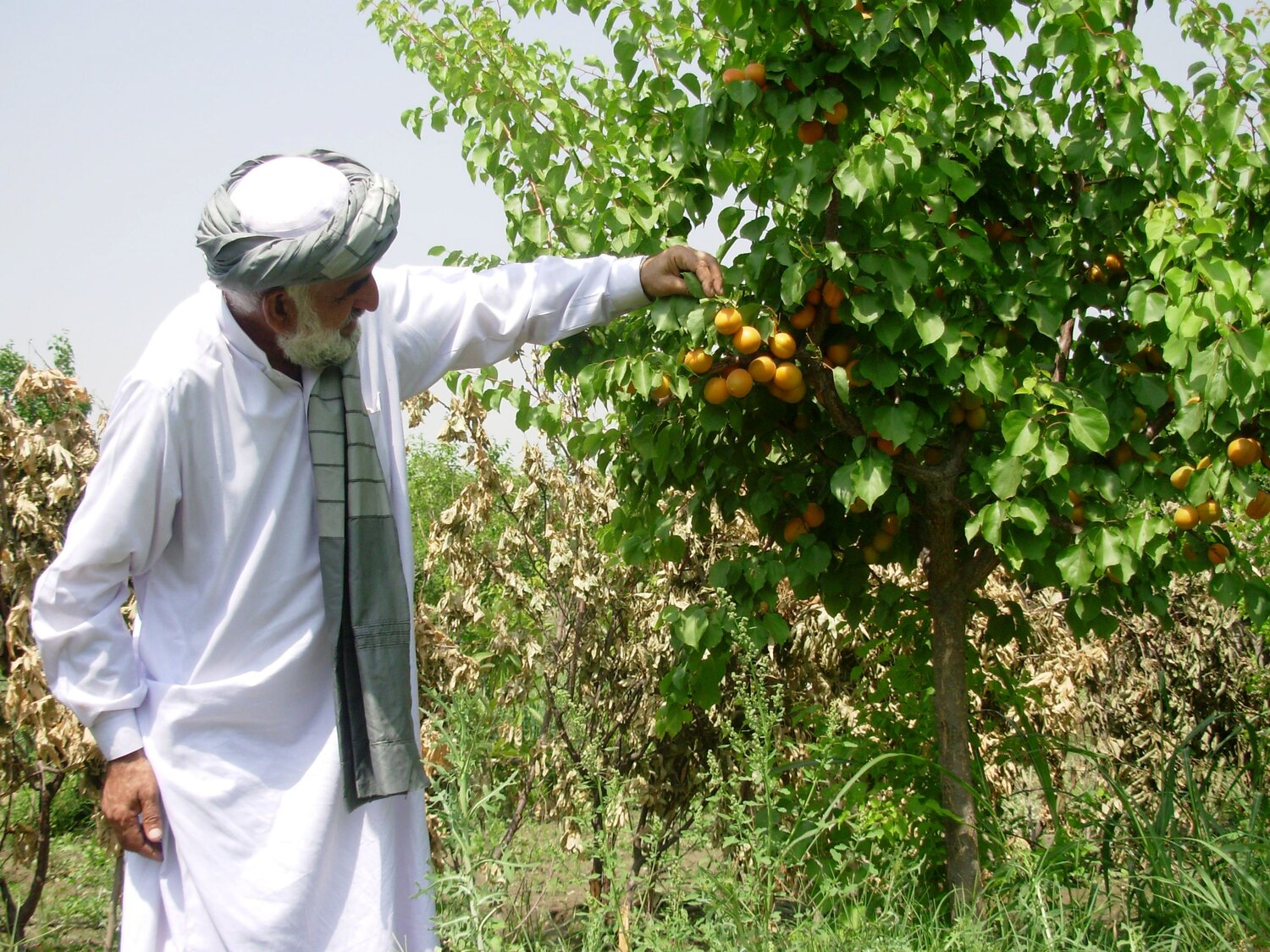
Afghan farmer in apricot orchard
Source: Roots of PeaceViews on Agriculture: How does the Roots of Peace model work exactly?
Heidi Kuhn: Roots of Peace is successful because it’s a business model for peace and is private sector-led. It inspires the farmer in the field to be an entrepreneur. In Afghanistan, for instance, Roots of Peace established the first cold storage refrigeration facility in Mir Bacha Kot, north of Kabul. So instead of harvesting crops at midday, putting them in burlap sacks, and dragging them to market for a meager profit, Roots of Peace built a value chain by introducing cold storage facilities, training farmers in sanitary storage techniques, and teaching them how to brand Afghan fruits for export.
Views on Agriculture: How cost-effective is that business- led model?
Heidi Kuhn: Since 2003, we’ve spent $59.1 million in Afghanistan, working with over two dozen agricultural value chains throughout the country. We’ve created over 20,000 full- time jobs in a country with 97% unemployment. And we’ve planted over 7 million trees, including 1.5 million since the regime change two years ago. It’s pennies for peace, and peace is expensive. We’re going to need billions of dollars to come together as a world to eradicate landmines, replant crops, retrain farmers, and get the global value chain going.
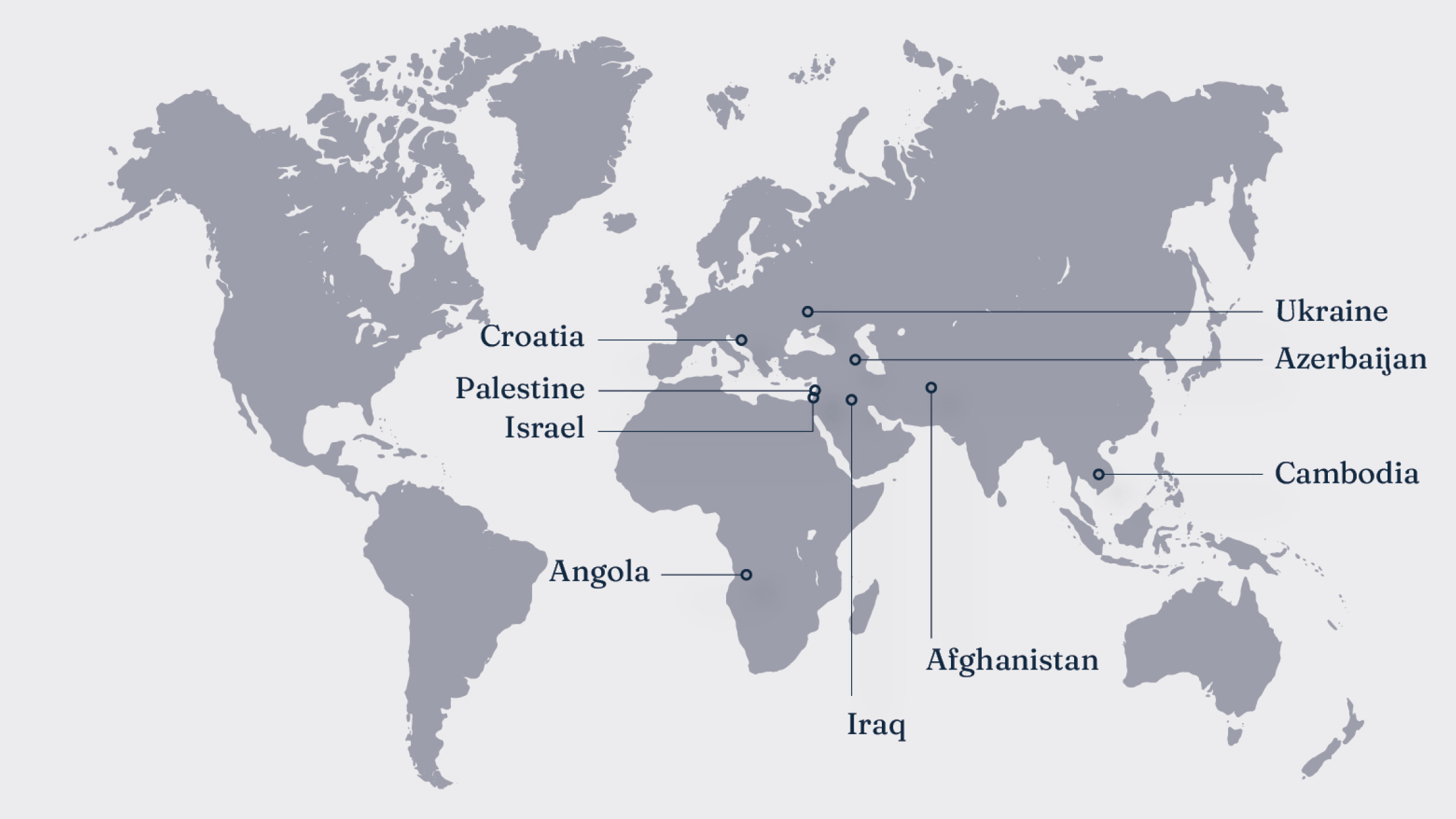
Above Countries in which Roots of Peace operates
Views on Agriculture: Do you find it hard to continue working in Afghanistan under the Taliban?
Heidi Kuhn: When the Taliban attacked our compound in 2014, it was a defining moment for Roots of Peace. We had to decide whether to stay or go. As a woman, I realized that if I lost the courage to continue, it would only hurt the innocent farmers and families we serve. So, we chose to stay, and we continue to work there now.
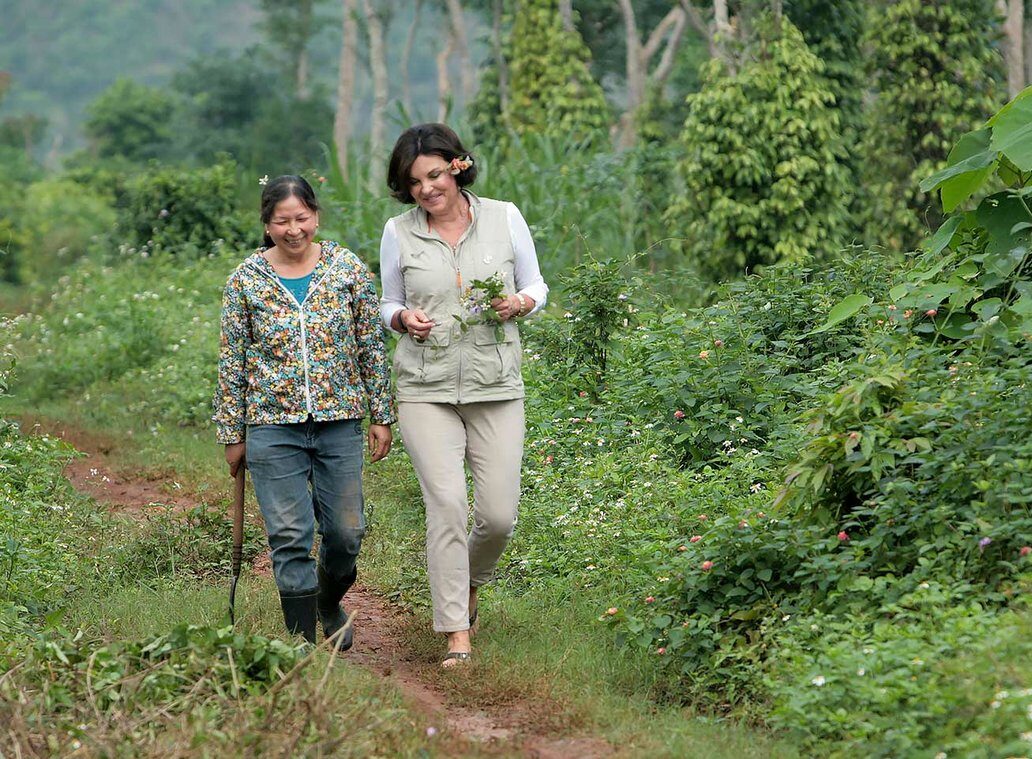
Heidi Kuhn at Quang Tri Pathway, Vietnam
Source: Roots of PeaceViews on Agriculture: Your model uses modern agricultural techniques and revives generational knowledge lost during conflicts. How important is it to elevate traditional farming methods?
Heidi Kuhn: I see regenerative agriculture listening to the ancient practices of the one Mother Earth we share – and integrating those with modern agriculture techniques as the way forward for 2024 and beyond. Because every tree planted on former war-torn lands is carbon credits. It restores the lungs of Mother Earth.
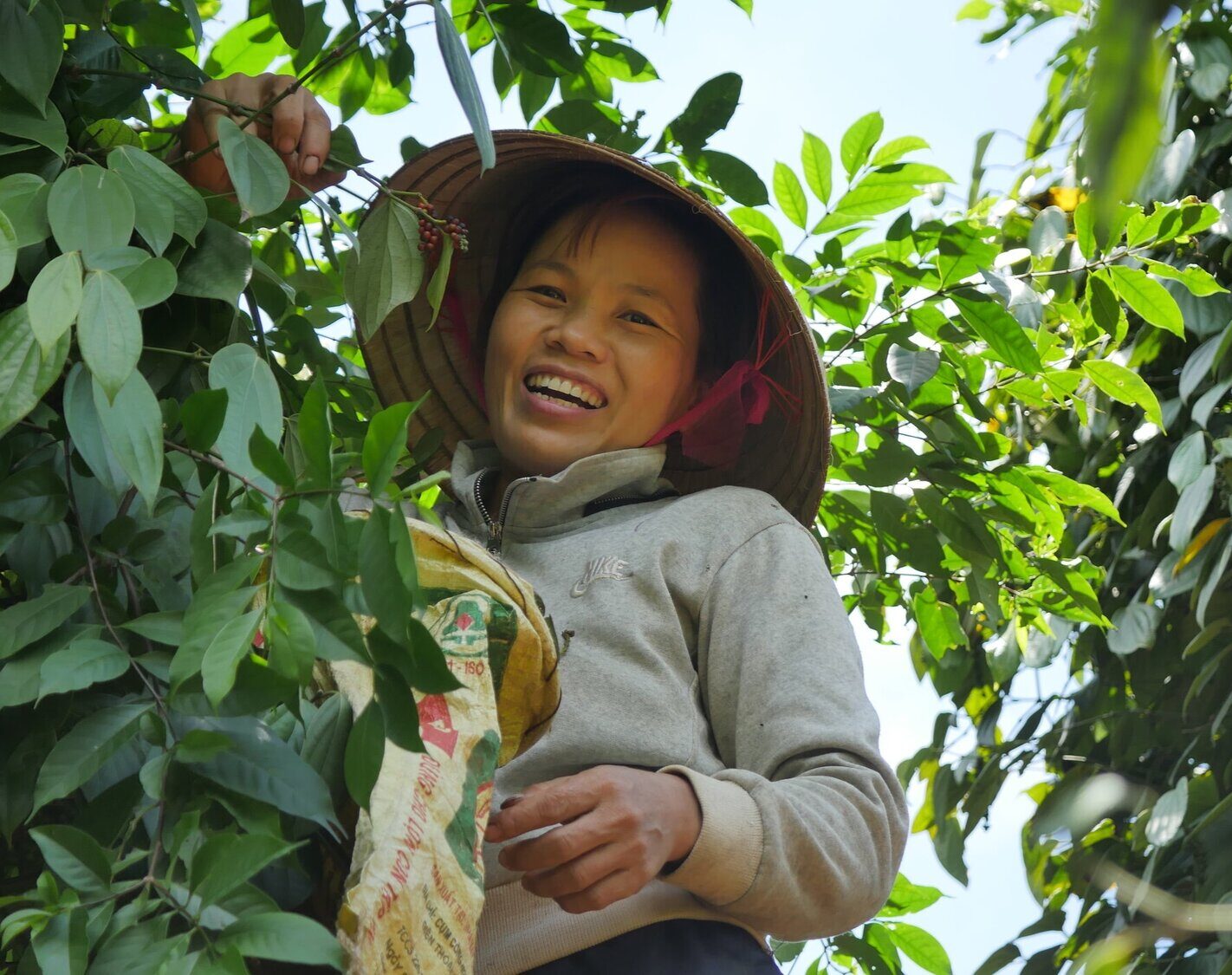
Pepper vine farmer, Vietnam
Source: Roots of PeaceViews on Agriculture: You’ve spent the past quarter of a century healing lands and securing livelihoods through Roots of Peace. What is your ambition for the next 25 years?
Heidi Kuhn: would love to leave this Earth with a mine-free world. That’s a bold statement. But hope we look back at this as a moment in history, at this World Food Prize, and think, wow, something actually changed.
